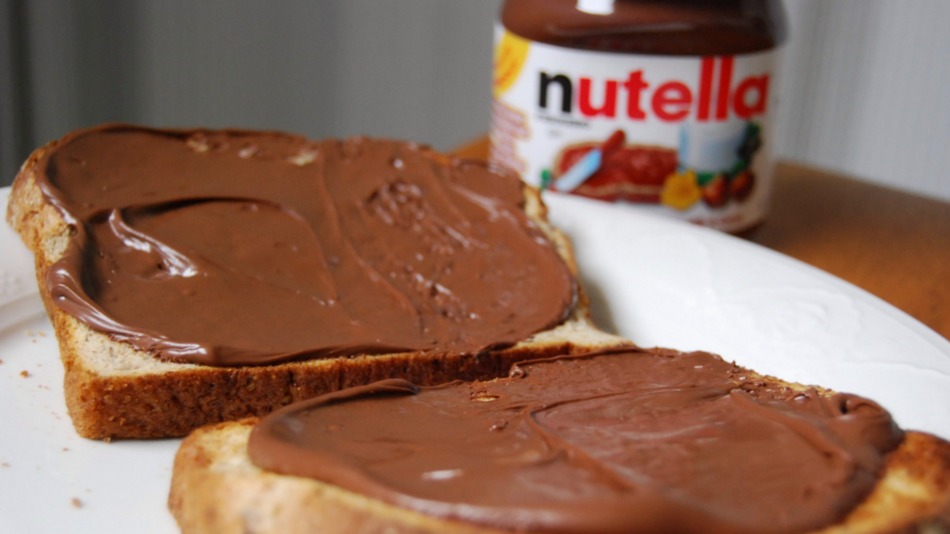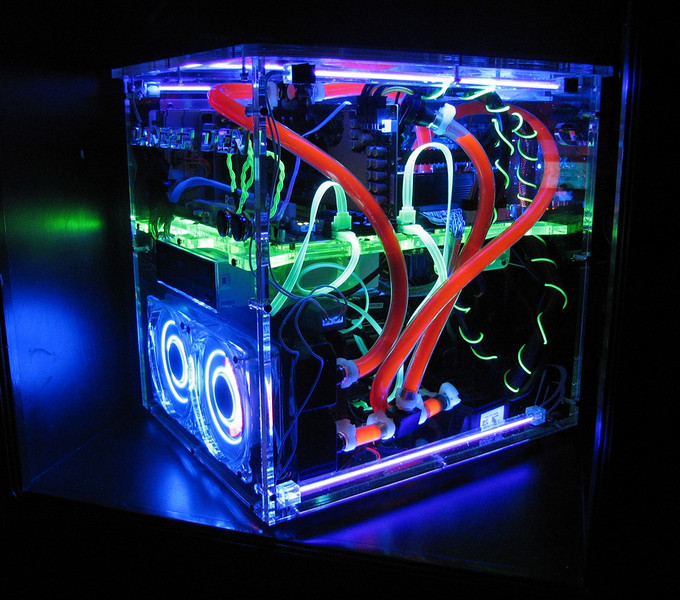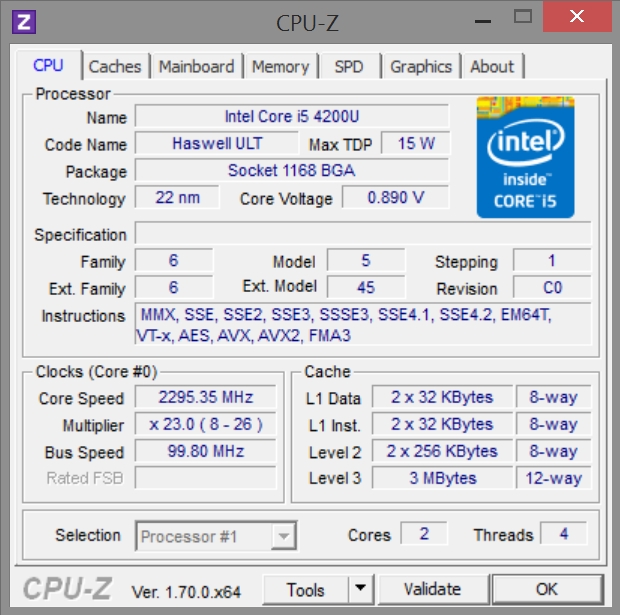Nutella can be used as thermal paste!

Some background: Two semesters ago, one of my students mentioned – in class no less – how much they loved Nutella. I had no idea what Nutella was, so they explained it was some kind of Frankenstein-like combination of nuts and chocolate smashed together to form a peanut butter-like substance. It sounded like an offense to the senses.
But she was insistent. So much did she want us to understand the glory of this substance, she made pastries that had Nutella in them and brought them to class to share with everyone. I have to admit that she was right; Nutella was glorious. She might have brought them for students but I dismissed the class and ate them all by myself. Not really, but I wanted to.
Now, a little about thermal paste. Central Processing Units (CPUs), the chips that run your PC, generate a lot of heat. A LOT of heat. If something isn’t done to help dissipate that heat, real damage can be done. In fact, you may have experienced this yourself if you ever had a machine that experienced spontaneous shutdowns; the most likely cause of that is overheating. The common method of cooling CPUs is through the use of a (usually huge) aluminum or copper heatsink, however with CPUs getting more and more powerful cooling has become such an issue that we even have liquid cooling for PCs, just like you have in your car with the radiator.
Water cooling is not practical in many situations, so what we normally do is put what’s known as thermal paste, which looks a little like toothpaste, on top of the CPU, then place the heatsink on top of that. The thermal paste helps dissipate heat up through the heatsink and away from the CPU itself.
What could these two things possibly have in common? Much to my surprise, it turns out that February 5th is World Nutella Day. To celebrate, CoolerMaster, maker of all sorts of fun PC stuff like cases, fans, and heatsinks, decided to show that it was actually possible to use Nutella as thermal paste, applied right to the CPU itself.
Of course, after pointing this out I have to advise against doing this, not that I think any sane person would. As you might guess, it wouldn’t last for long and it would be only a temporary although initially effective – but then not-too-effective – solution. Here is a video of them applying the Nutella with an actual thermal paste syringe, then checking the resultant temperature.
A couple of additional comments regarding the video: First, look at the size of those heatsinks! Second, if you’re interested in seeing what goes on at the lowest level of your PCs electronics, you can download the program they show at the very end of the video, CPU-Z. It only works on Windows-based PCs, but it will give a ton of information about the inner workings of your machine, including cache levels, CAS latency, socket type and CPU model to name only a few, and many of which we’ll be talking about in class. Here’s a screenshot of it running on my Surface tablet.
I also wanted to mention that the original article over on ExtremeTech that brought this whole thing to my attention had what might be the best comment thread I’ve ever seen. So many comment sections are full of such hate and bile, but this series of four comments was absolutely brilliant. If there was a prize for Internet comments, this should win. Genius.




